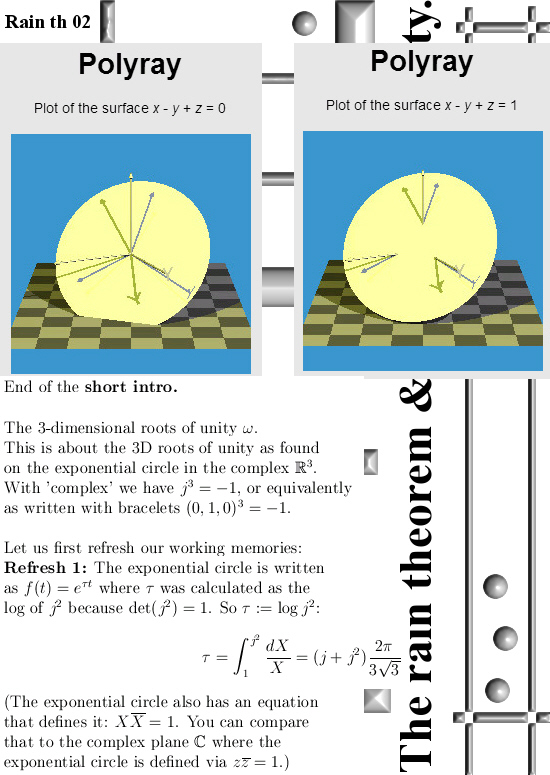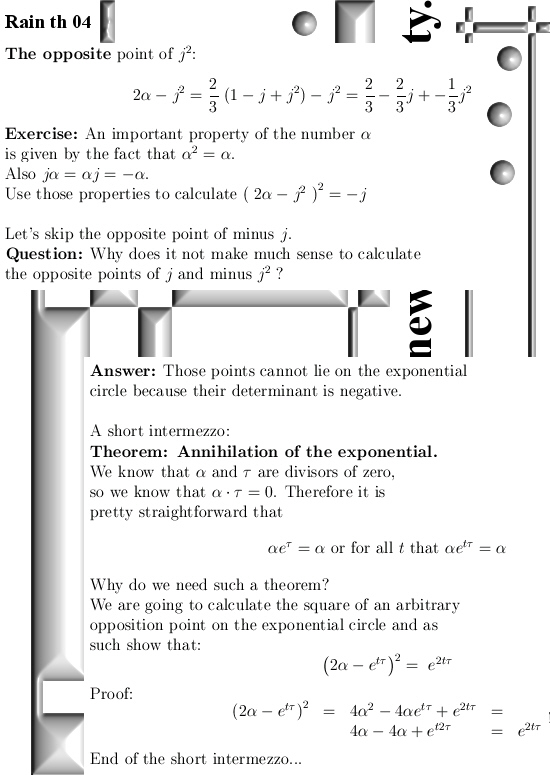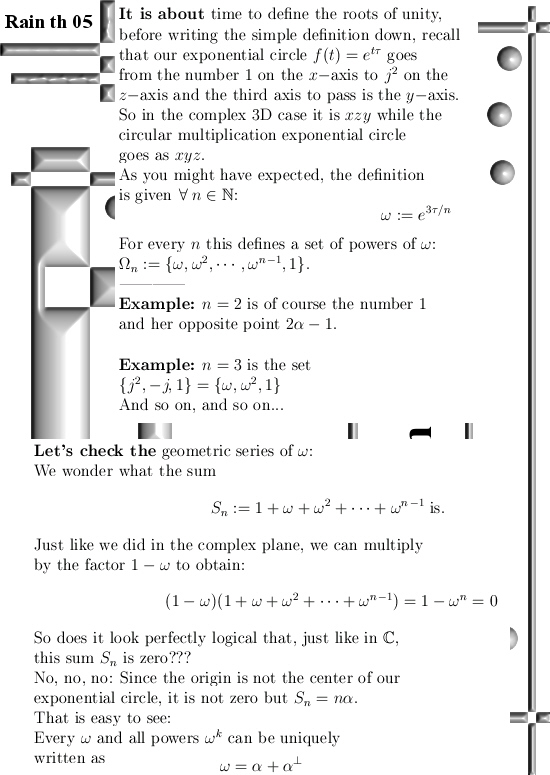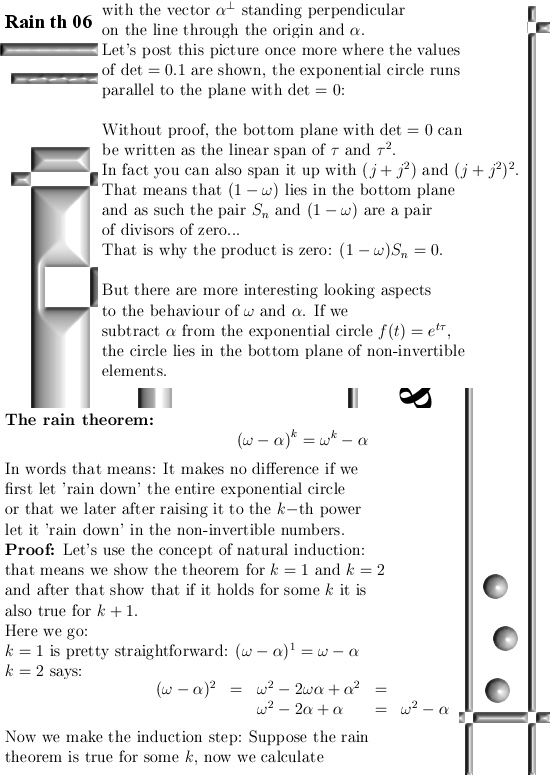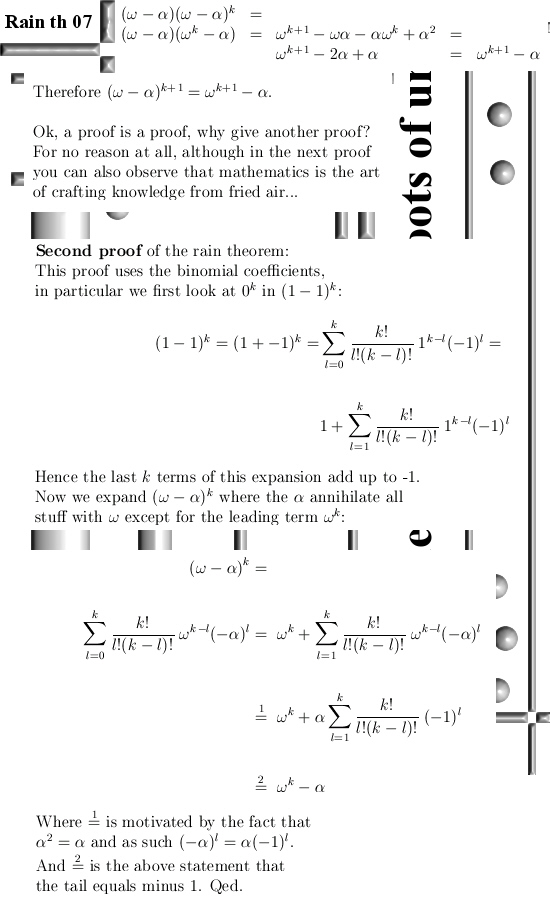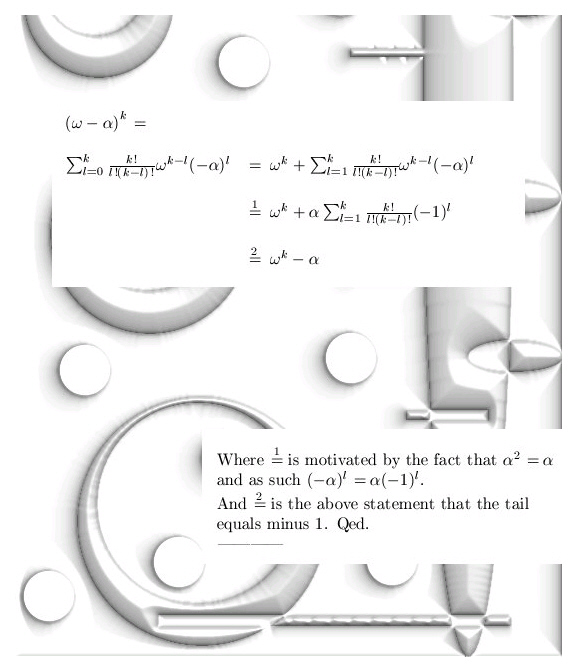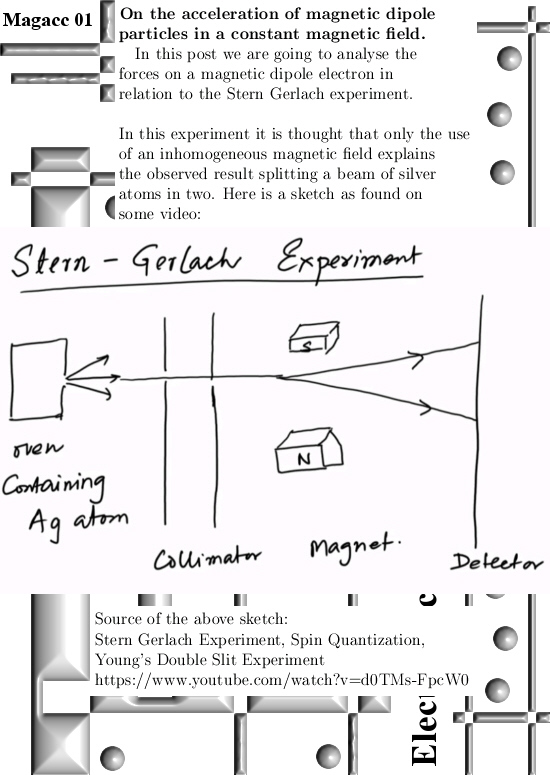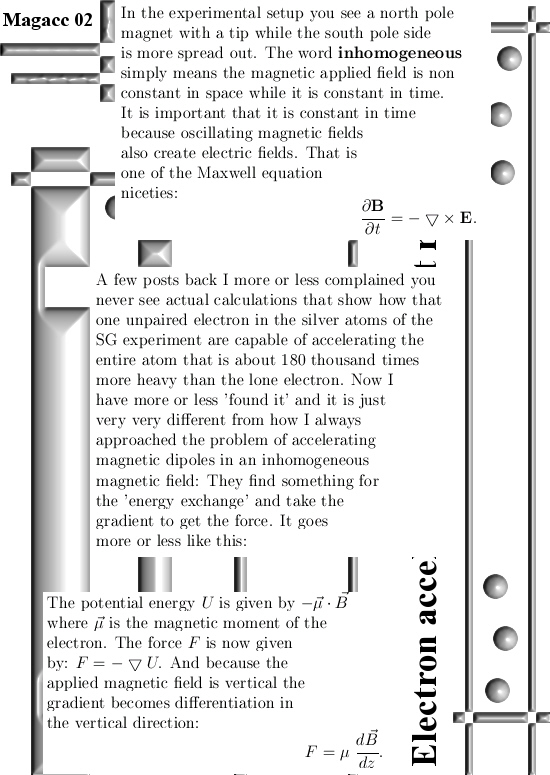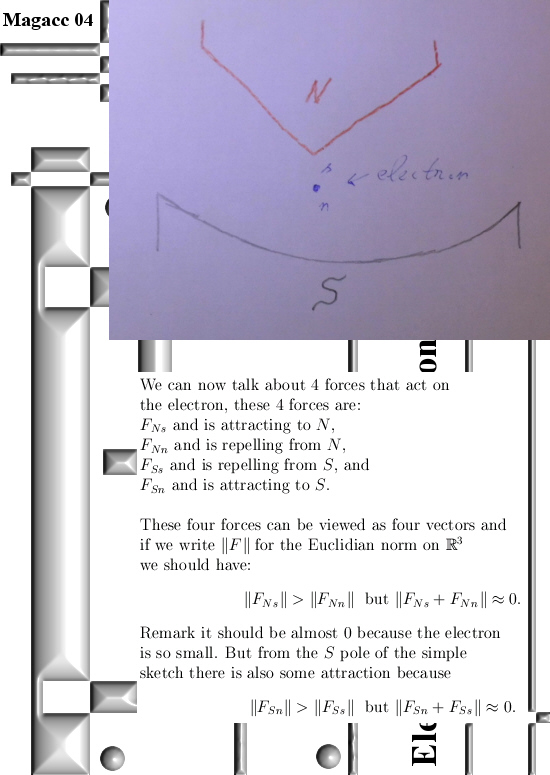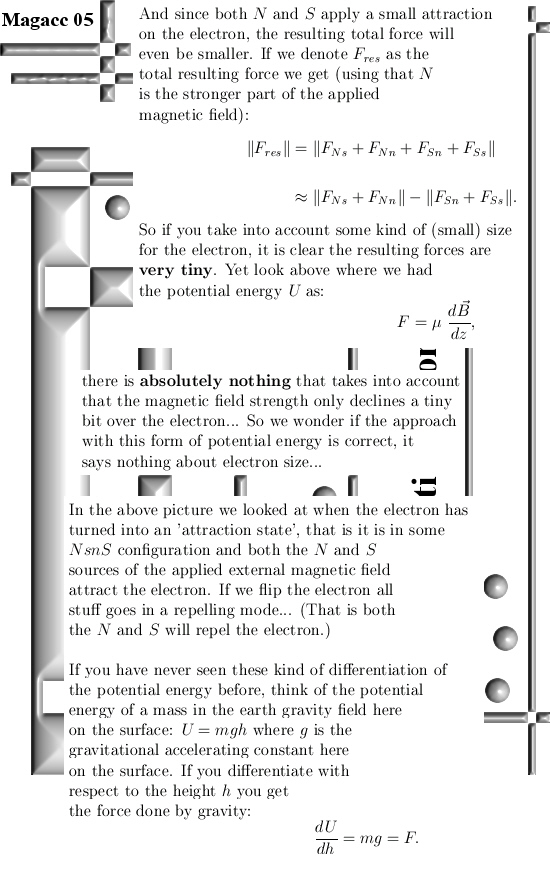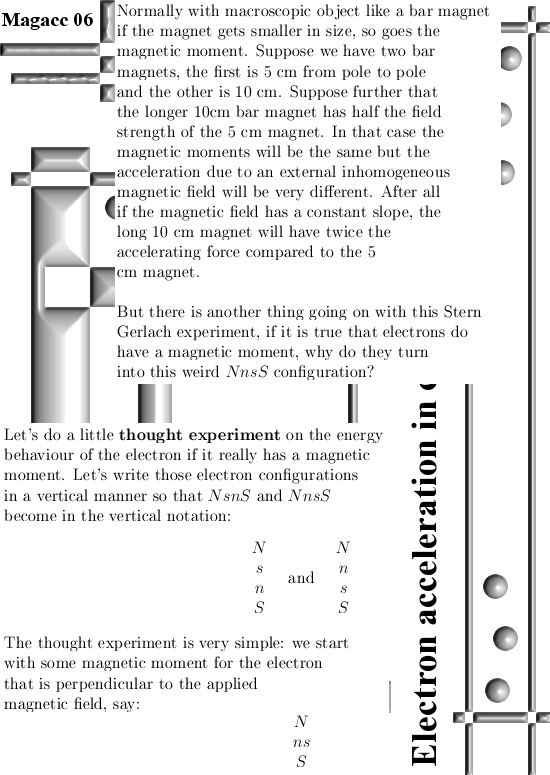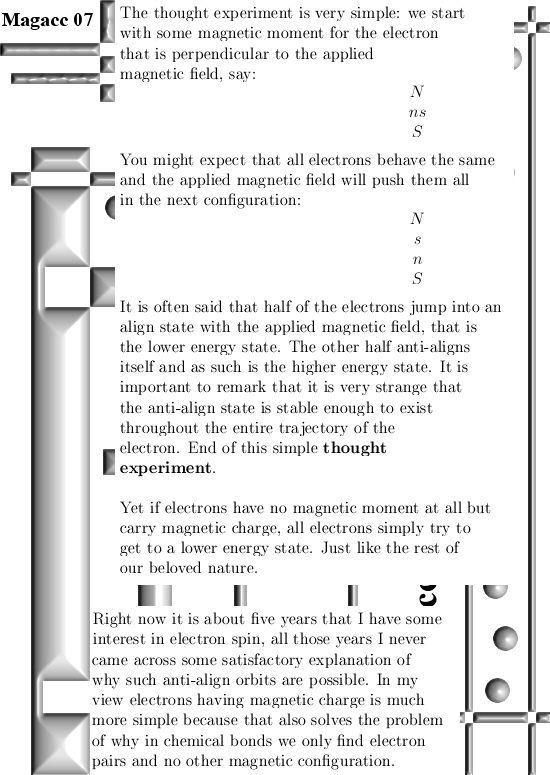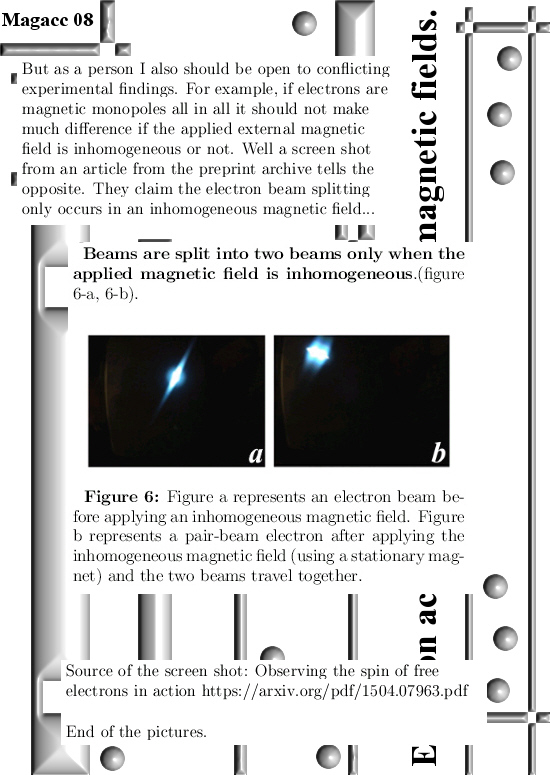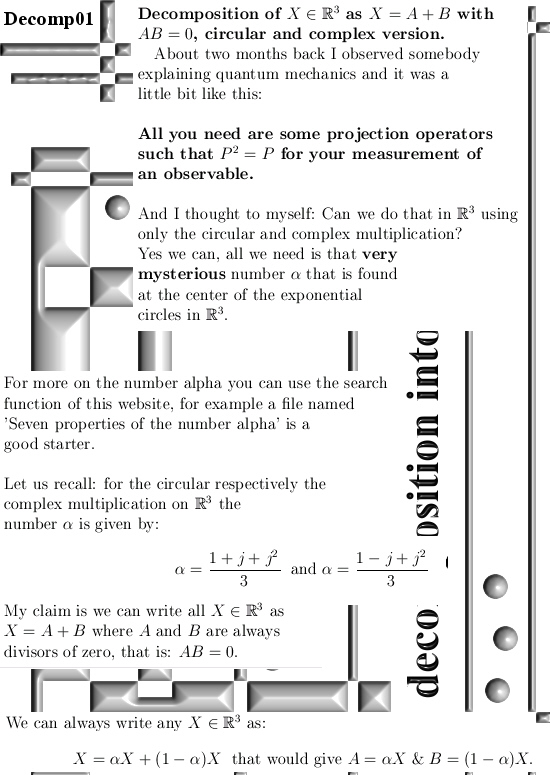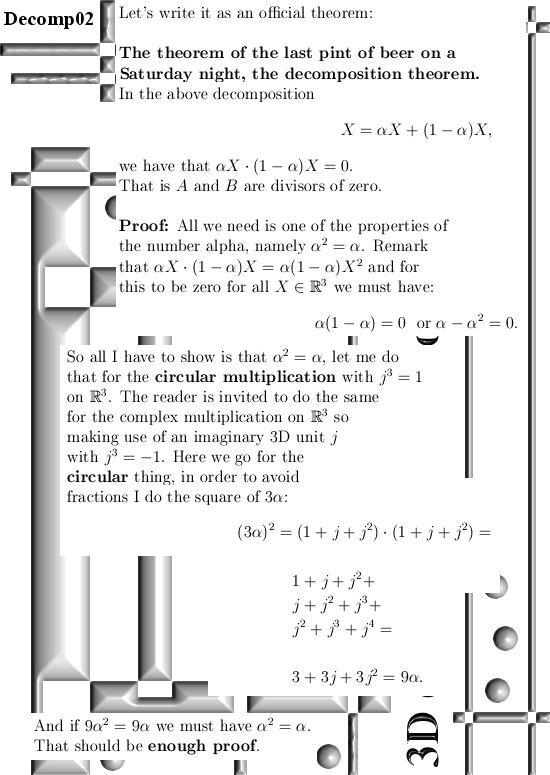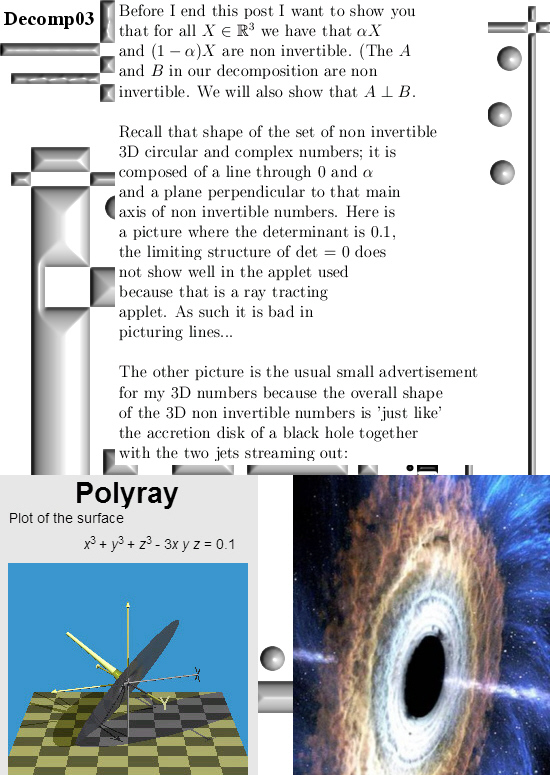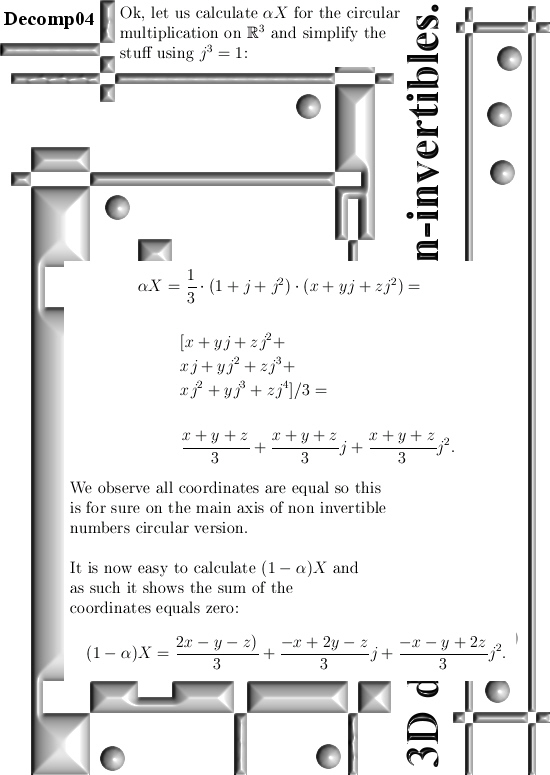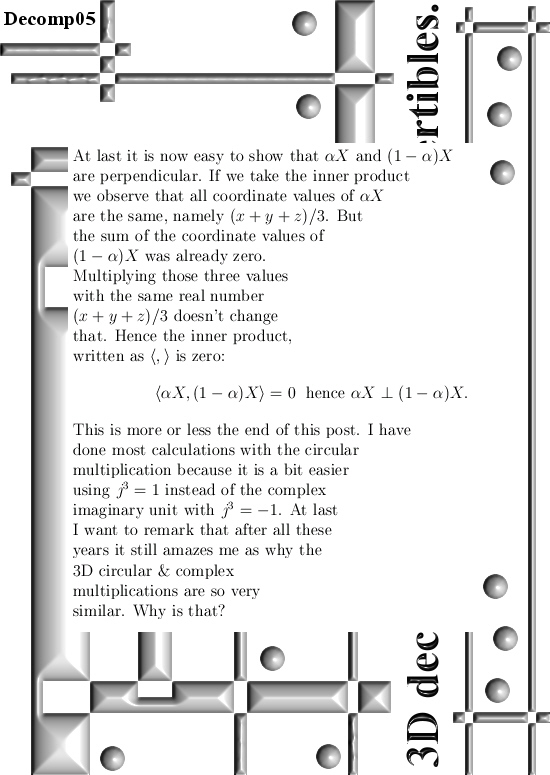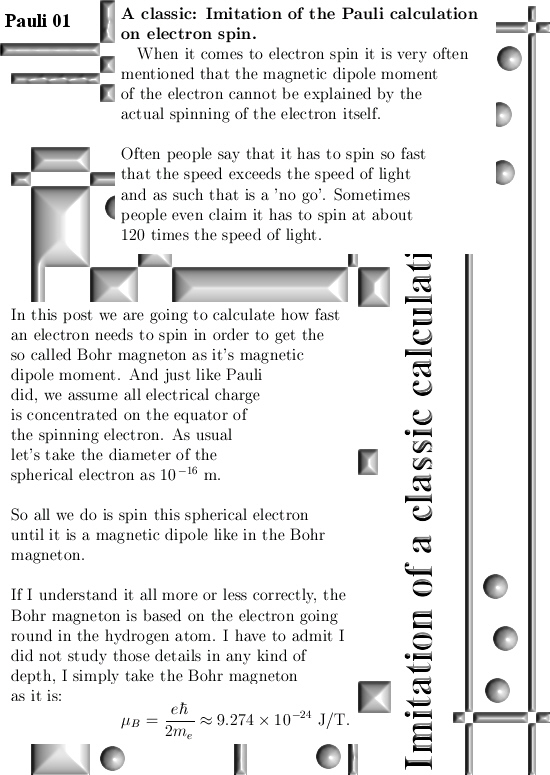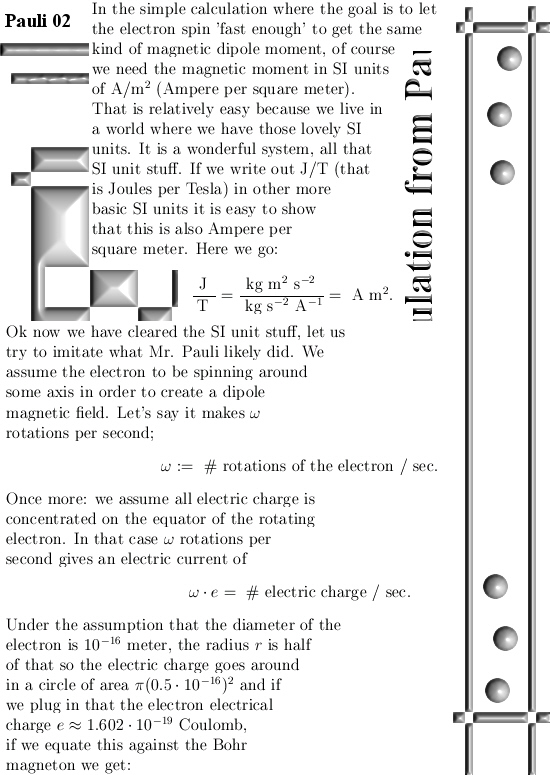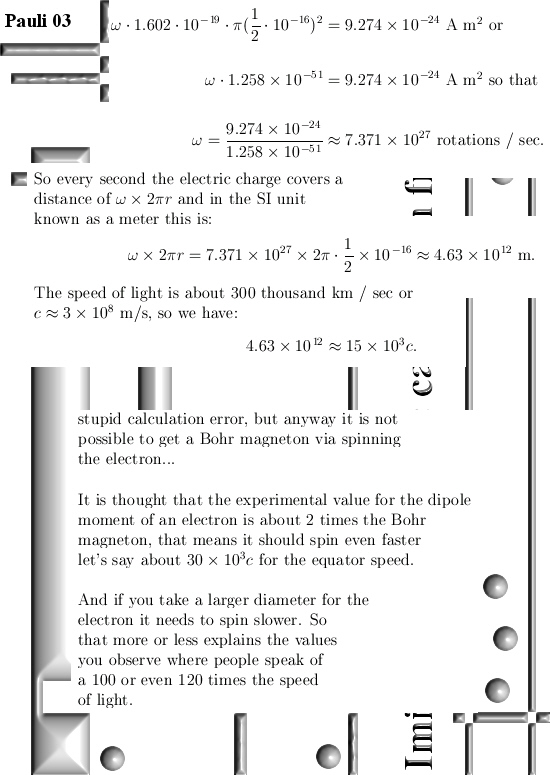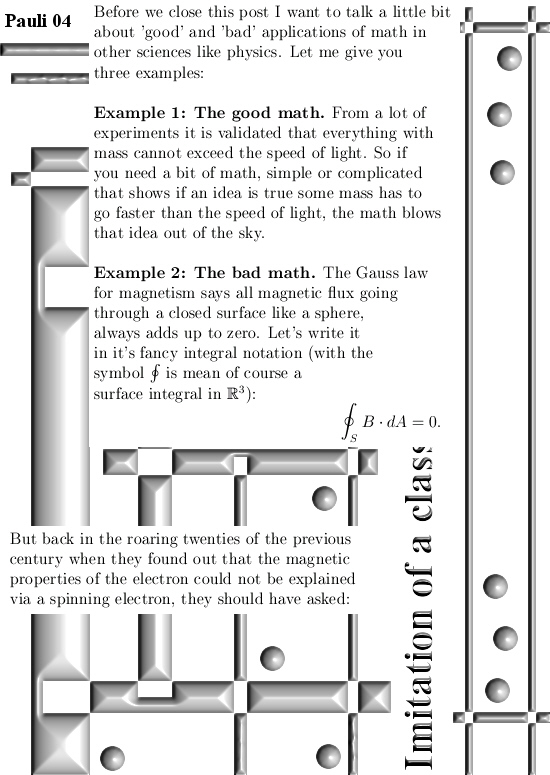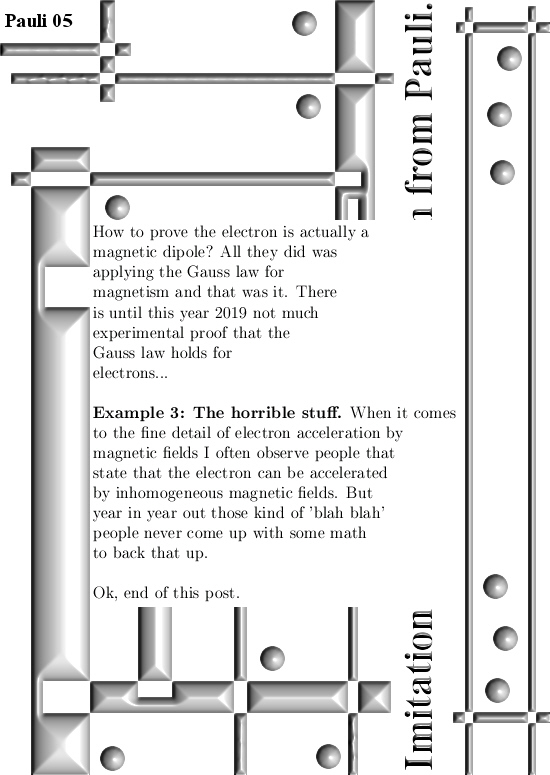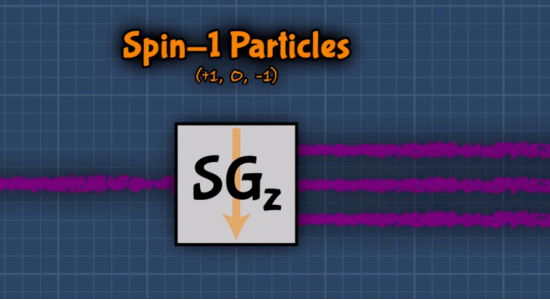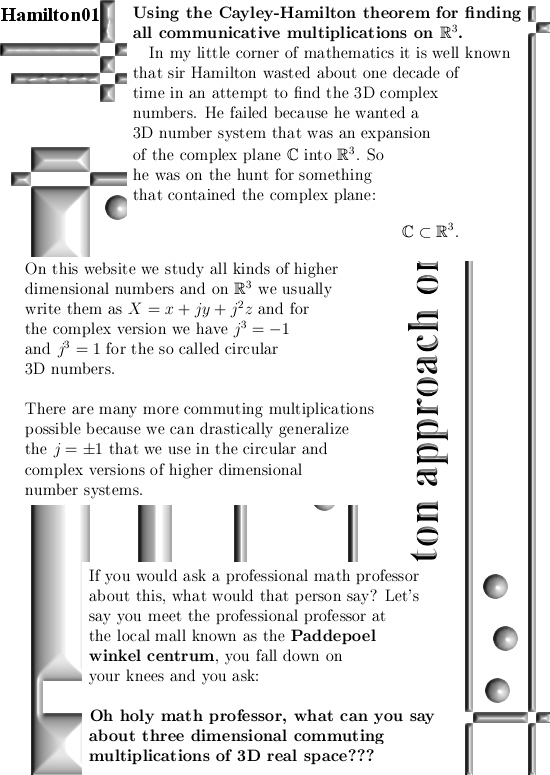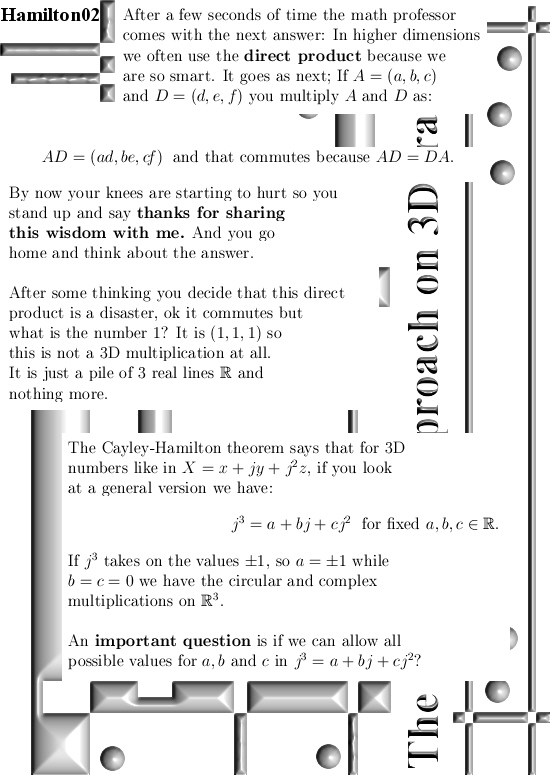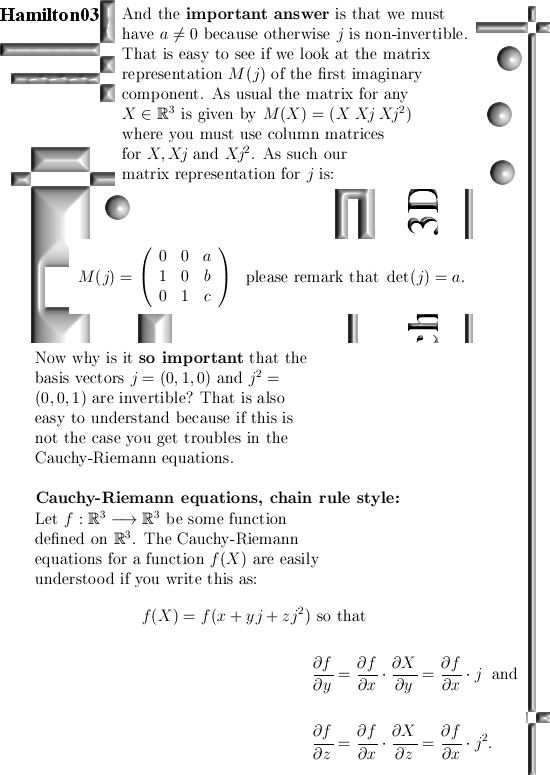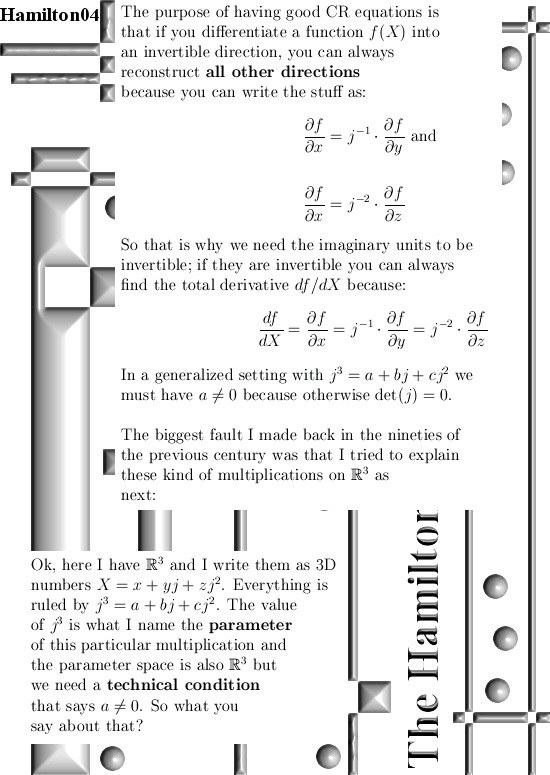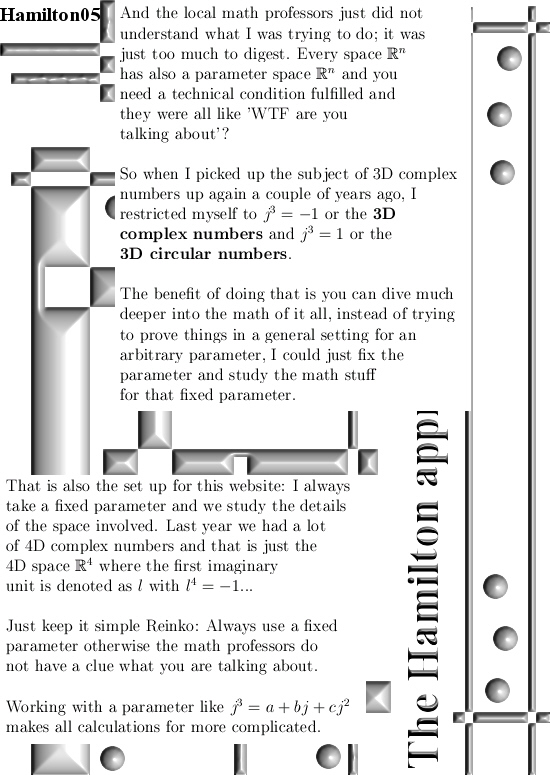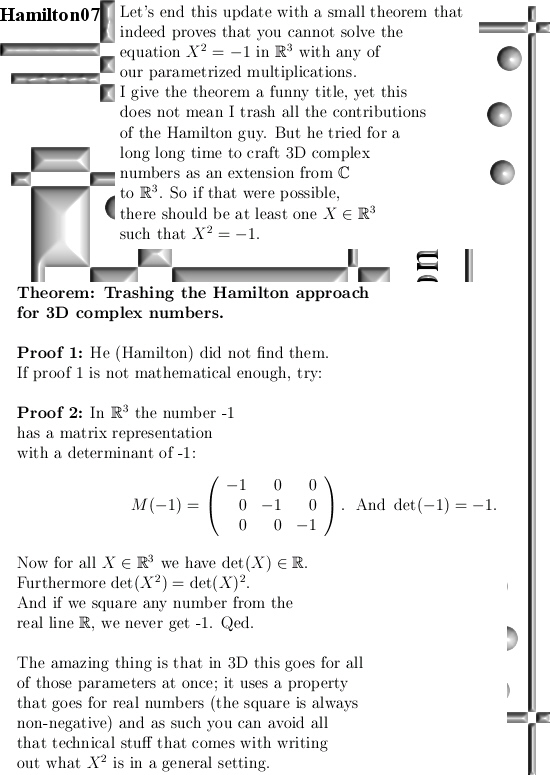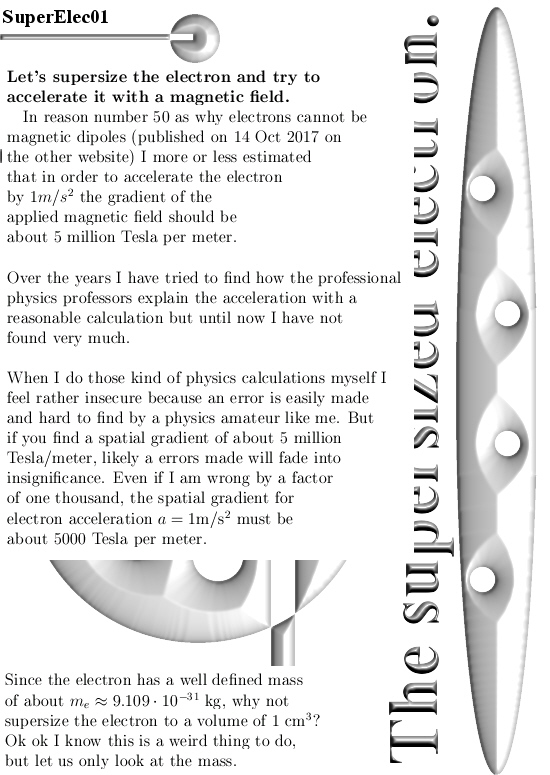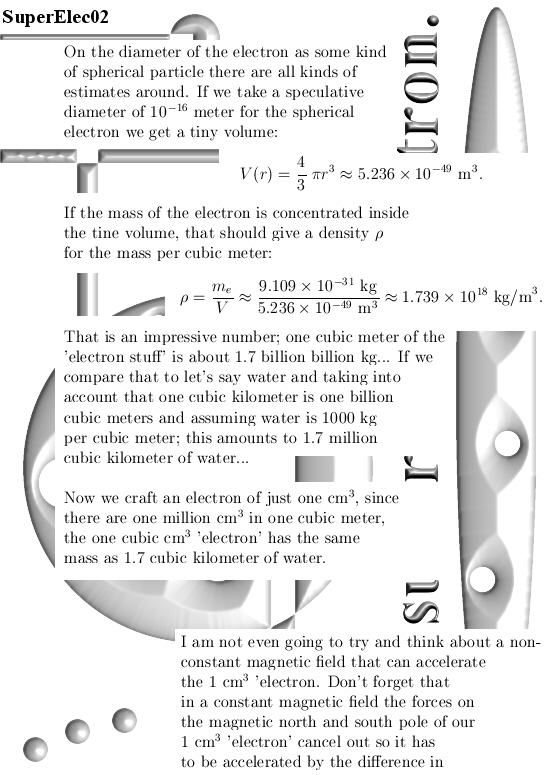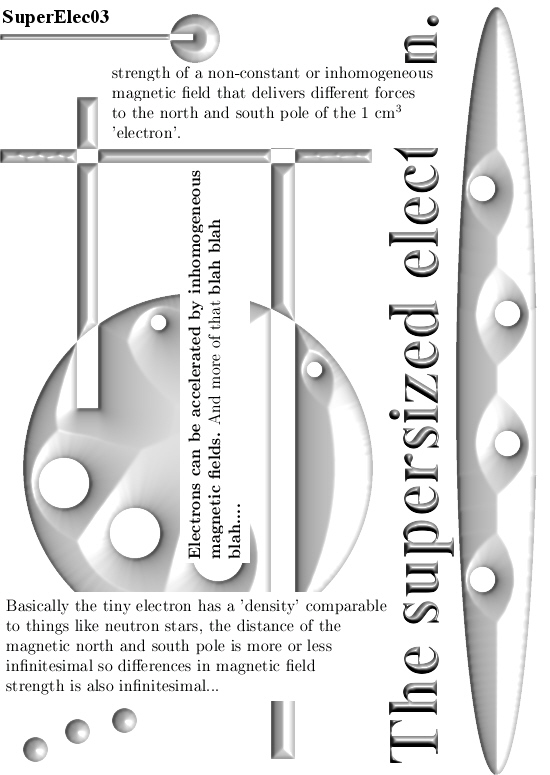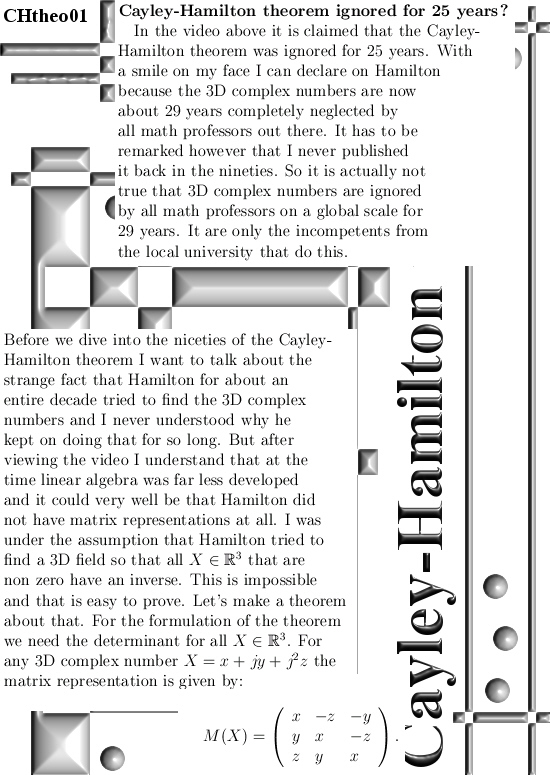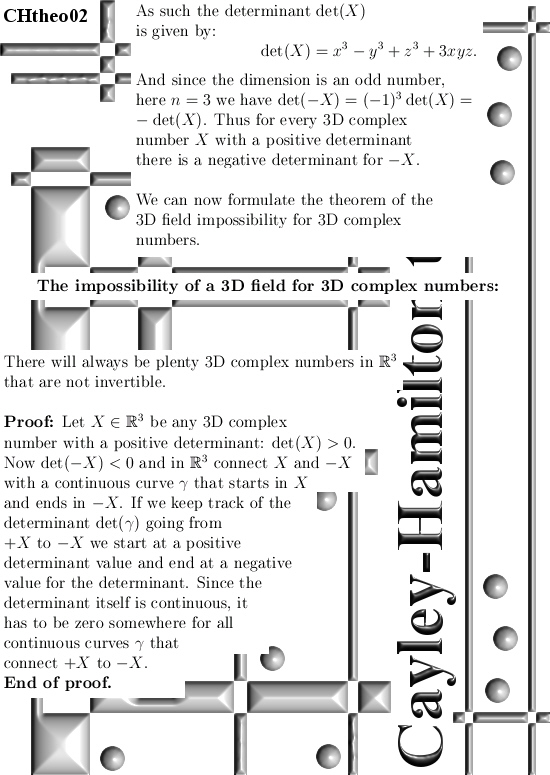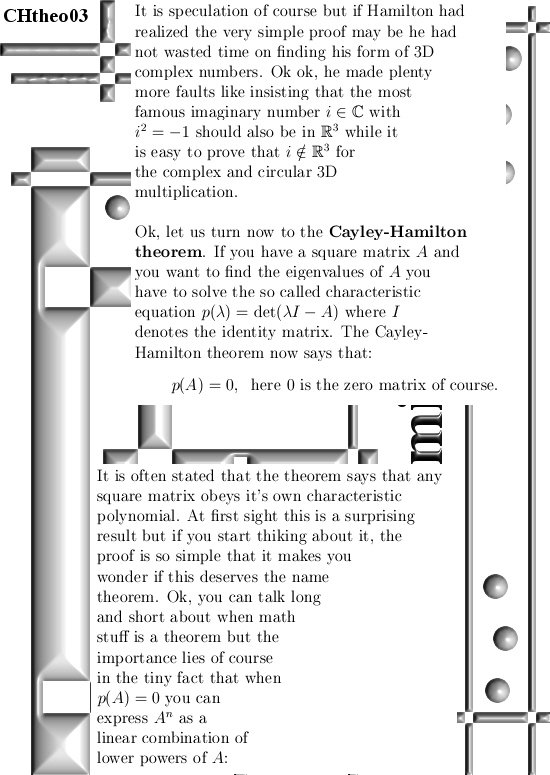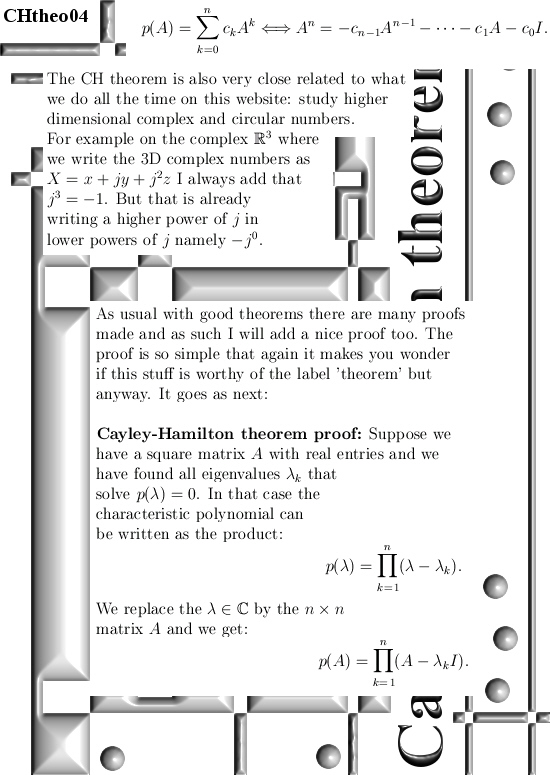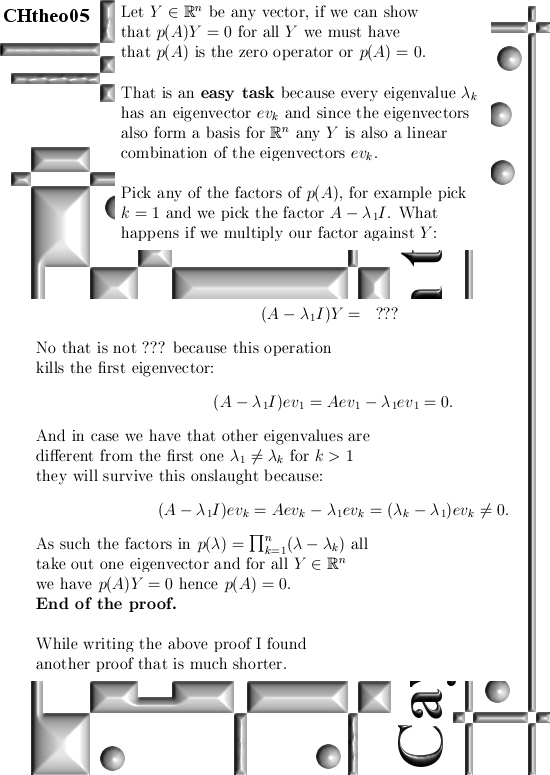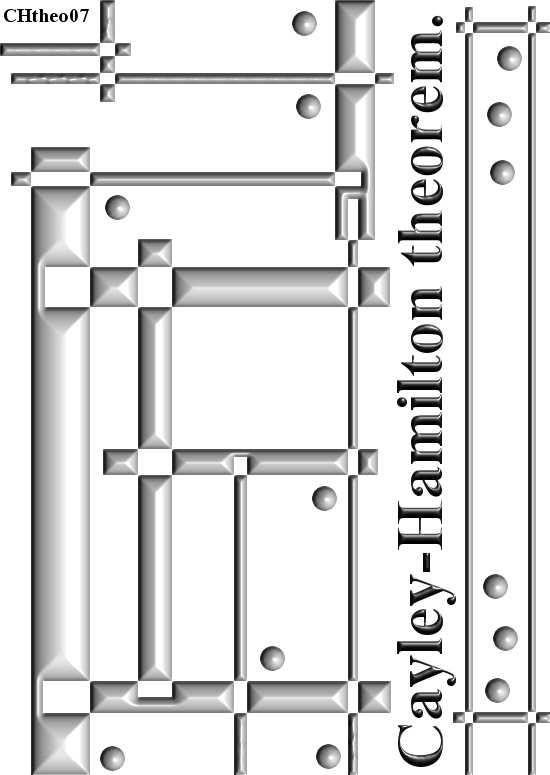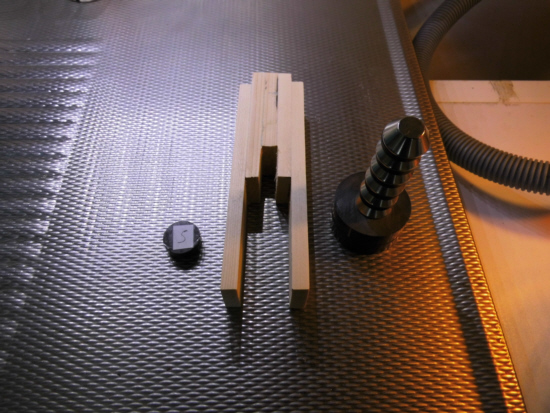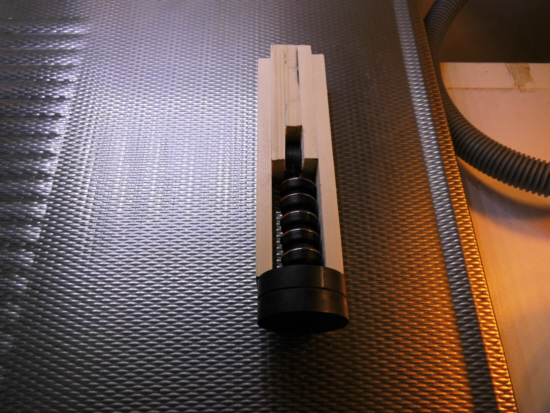I am sitting on my couch watching Youtube videos while the dog is lying next to me. Is the dog always shaking from fear that I will beat her up? Come on, she is a dog and not a math professor! Anyway to my amazement there is a video from the David Pakman show with Sean Carroll, Sean is one of those television physics professors that you see relatively often on television or other media outlets. I get a warm feeling in my stomach because I can listen to the intelligent words of Sean, he truly is a high shot smart ass. So I play the video and everything looks fine but all of a sudden Harry Potter materializes behind the show presentator David Pakman and why does Harry Potter look so angry? Something to do with Brexit or so?
All of a sudden Harry Potter pulls his magic wand, points to to Sean Carroll and he shouts ‘Imbicilus Totalus!’. A sudden flash of lightning leaves the magic wand and enters the head of Sean. Slowly David Pakman is turning around to see what is behind him but Harry is much faster; out of a bag he pulls a short broom with a big handle and I can read the inscription on the broom. It is a SmartAss3000, fast and with a routine Harry sticks it in his ass and he flies away in the darkness of the night. Wow man that is totally different from what I remember from those Harry Potter movies! How life changes over time… May be those old Harry Potter movies are now in some parallel universe far far away.
I need to calm the dog because the dog understands I am very agitated so I explain to her that not all humans do such weird stuff with a SmartAss3000. Loïs does not seem to understand what I am trying to say but since I am calm again she waggles her tail and soon she calms down again. Finally I started to watch the video while hoping that Harry Potter did not do too much damage with the Imbicilus Totales curse. My hopes were idle, after all Harry is a very good wizard, and after about 8.30 minutes Sean Carroll explains electron spin: “If you measure electron spin, the electron can only spin clockwise or counter clockwise” Sean explains… Oh oh, Harry Potter clearly succeeded with his curse because just a few posts ago we calculated that the electron needed to spin many times the speed of light in order to explain the magnetic properties the electron has. Say it needs to spin about 100 times the speed of light, in that case any electron spinning can account for at most 1% of it’s magnetic behaviour. No problem for Sean Carroll: it is spinning clockwise or counter clockwise and that is enough explanation for him…
Well not for me because I have a long list of problems with electrons being magnetic dipoles (the official version of an electron is that it is a magnetic dipole, of course we have zero experimental proof of that but who bothers?) The clockwise / anti clockwise spinning of an electron is nonsense because if it is a magnetic dipole, that vector can point into any direction. But as far as I see reality, all experiments point much more towards electrons having a magnetic charge. That is electrons are all magnetic monopoles and not magnetic dipoles.
But Sean is not the only to hang on the electron magnetic dipole thing, at CERN there are thousands of physics professors that actually think that electrons are pure point particles, that is they have no volume but are true points. If that were true, if the electron has no size, it would be completely impossible to accelerate electrons with a magnetic field like in the Stern Gerlach experiment. By the way, here is the video:
Ok, after having said that kind of stuff, the next post will be about Benford’s law. If I remember it correctly I worked a short time on that nice law back in the year 1999. One or two weeks back I made a search on the preprint archive and after a bit of thinking I decided to craft a post for this website out of it. It is very easy to find and craft all kinds of probability distributions that fit Benford’s law perfectly. Benford’s law is about numbers as we find them in nature and gives the probability distribution for the leading digit. Do an internet search if you never heard from it. Here is a teaser picture to get started for the next post:
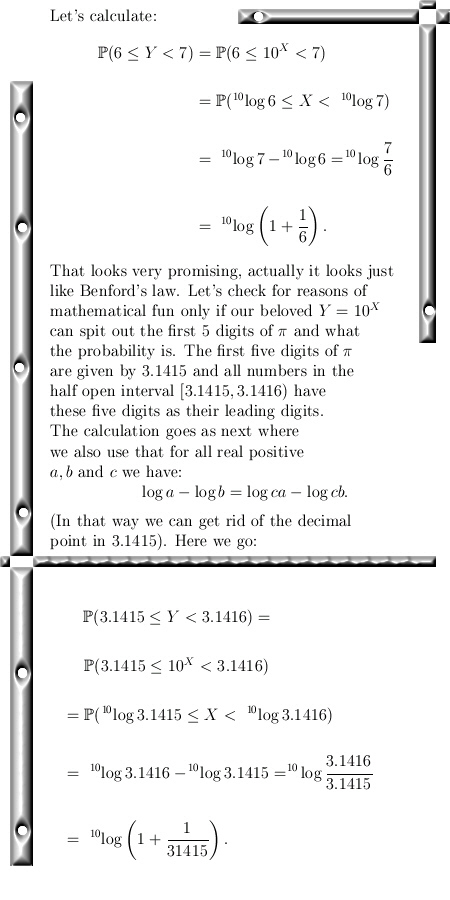
That was it for this post.

